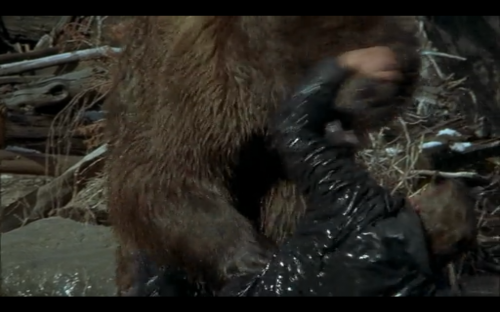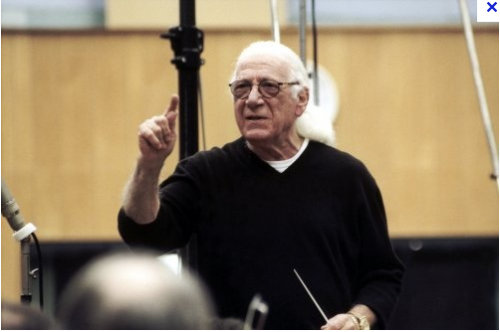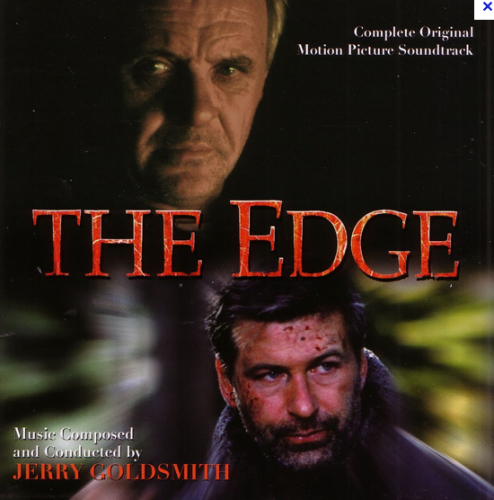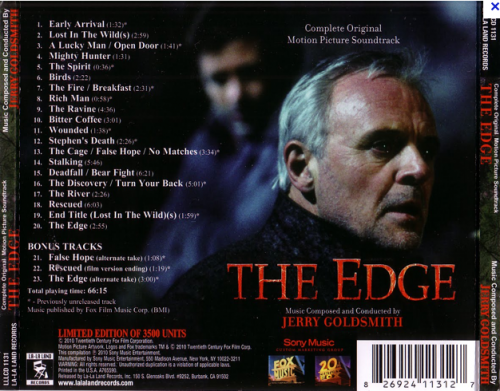Flip Flops in the Windy City: Film Score Review — The Edge
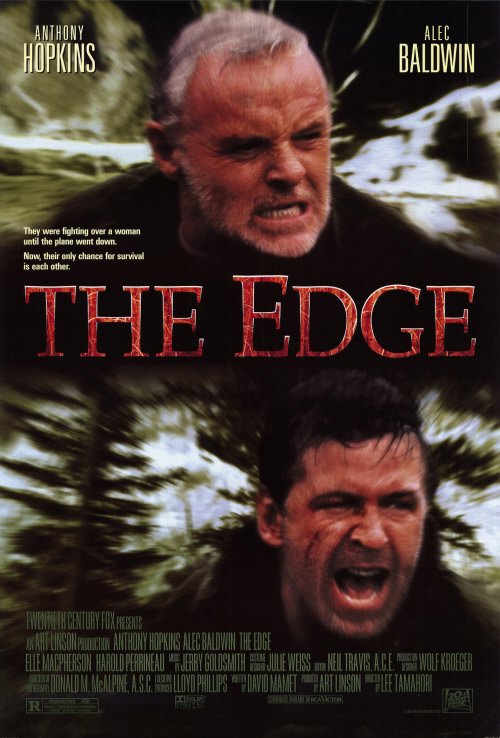
Have you ever seen The Edge, with Anthony Hopkins and Alec Baldwin? If you haven’t, go see it now. I don’t even care if you read this, just go see the movie. The music is truly amazing, and if you do end up reading this, you’ll know why…
The Film
The Edge (1997) revolves around a billionaire (Anthony Hopkins) and a photographer (Alec Baldwin), and their struggle for survival after their single engine plane crashes in the Alaskan wilderness. They crash with no survival gear and without alerting anyone as to where they were going. They have to rely on each other as they attempt to find their way out, all the while pursued by a rather ornery grizzly bear. It is a perfect 90s thriller, in that it is simple, fun, and well made. While it does have some scary bear scenes (and a little language), I’d recommend it for almost anybody.
The Composer
The score was written by film music god Jerry Goldsmith. If John Williams is the guy you’ve heard of that wrote all that amazing music, Jerry Goldsmith is the guy you’ve never heard of that wrote all that amazing music. Best known for innovative and recognizable scores like Planet of the Apes, The Omen, Patton, Basic Instinct, and LA Confidential, Goldsmith writes wonderful music for The Edge.
The Score
The Edge is scored mono-thematically. This means that the one theme Jerry Goldsmith wrote for this movie is SO GOOD he didn’t have to write any others. I literally lost count of how many times this theme plays in the film, but the orchestration is so good that it sounds fresh and true every single time. One of the better examples of how awesome this score (and this theme) are is “Lost in the Wild“. It starts out with an orchestral tutti variation of the theme, in a very strong Copland-style melody. Winds join in melodically on top of a string bed. The register slowly expands, and a rallentando precedes the first statement of the theme. Brilliantly orchestrated, the horns take the melody UNDERNEATH arpeggiating strings and winds, and there is no bass! I find this type of orchestration typical of flying music. For the second statement of the theme, the entire orchestra joins in, accompanying the horns and violins as they trade off the melody. After a brief statement of the I maj-V min chordal theme, the entire cue modulates up a whole step for a heroic restatement of the theme. Just cuz.
This cue uses so many different textures, changes focal points, covers the complete dynamic range, and expands tonality through modal interchange & modulation. All in 3 minutes. Keep in mind there are three whole statements of the theme, so he probably could have done it faster!
The score isn’t all just meaty harmonies and heroic orchestration. The tension cues are truly terrifying. “The Ravine” makes use of all sorts of extended technique in the brass and strings. You’ll be really scared of that bear!
The Theme
It is important to look at how awesome (yet simple!) the theme for this movie is. I’ve notated the antecedent phrase:
The most effective element in this theme (for me) is the harmonic rhythm. When first heard, we expect the chord change to Bb major to come in measure 5, not measure 4. The harmonic rhythm doubles for just one measure. Pretty cool stuff. Also, note the modal interchange to F major instead of F minor in measure 7.
GO SEE THE EDGE, IT’S AWESOME!!!

